"We will be in the office less often, but when we are there there is more room for special lunch and coffee"
Chris Oudijk | CCO at the Vermaat Group, The Netherlands
“We can serve more guests across the country through dark kitchens than with our high-end restaurants in Amsterdam”



© RIJKS Make Away Box
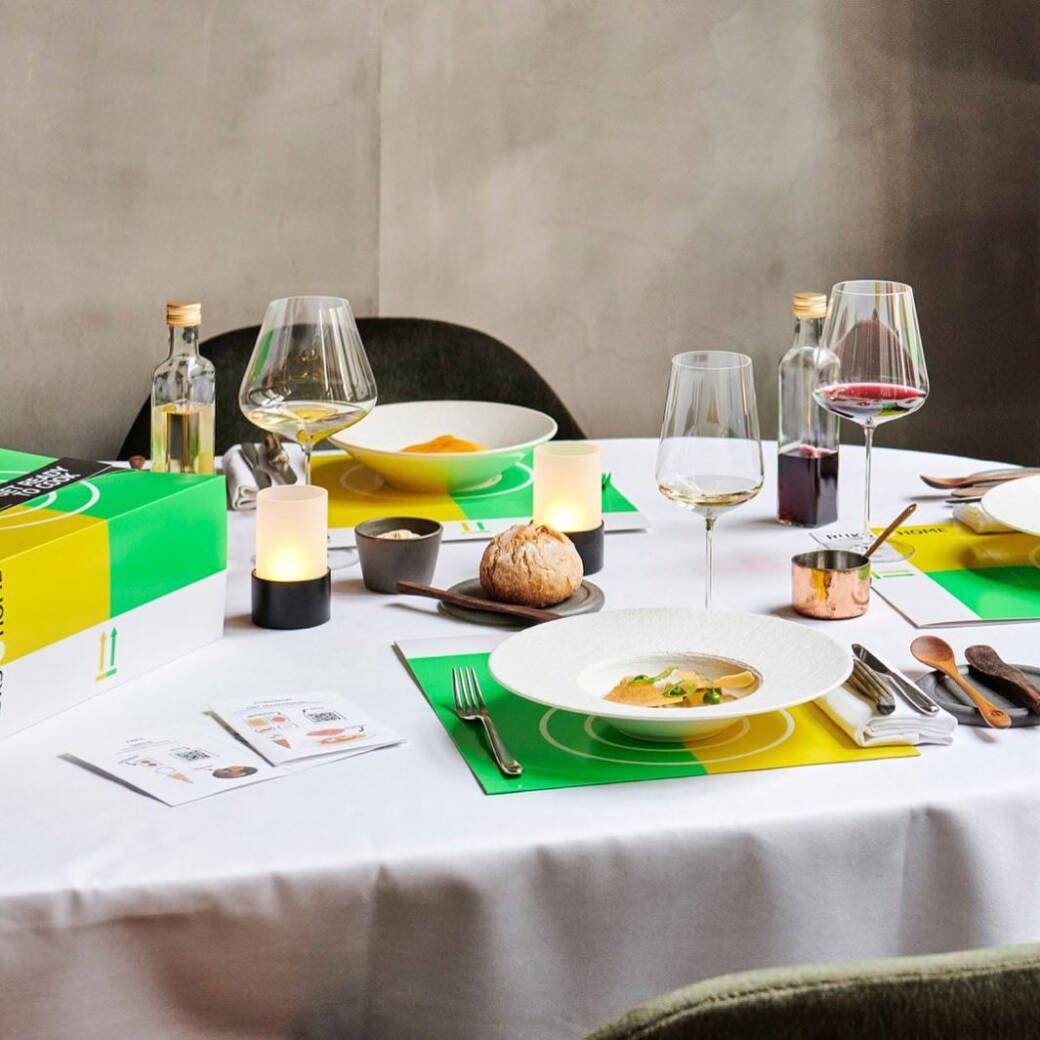
Broken system
The American entrepreneur Sam Nazarian talked about the entrepreneurs’ side of the story in a podcast. “The system is broken. Entrepreneurs pay top prices for real estate, their staff and have to pay high fees to the delivery services.”
If you want to make money as an entrepreneur you should be less dependent on the existing system, take back control and increase your scale, by for example, entering the market of dark kitchens (or ghost kitchens, virtual kitchens, bright kitchens or cloud kitchens). These are kitchens that only focus on delivery, where an expensive location is no longer a necessity. Suppliers can experiment with brands that only exist online and concepts that can be changed daily if necessary until the right formula is found. Data takes precedence over experience, analysis over sentiment. And because of the closed doors during the pandemic and the low threshold to enter, the market is growing rapidly, with new players entering every day.
The New York Times has already spotted the rise of the Ghost Franchise. New chains, often run by entrepreneurs with a well-known name who have immediate reach. Such as the MrBeast Burger franchise that is marketed by the well-known YouTuber MrBeast. The burgers themselves? They come from the kitchens of existing concepts. Welcome to the wild west of food service.
Doug Koob | Founder consultancy Circle Alliances, USA
"The high costs of real estate and labor and the explosive growth of the delivery market are currently causing a boom in dark kitchens"
Peter van Praet | Oprichter van Casper Ghost Kitchens in België
"We think the market will divide into different niches"
Dark kitchens’ market share
Food entrepreneurs enter the market of dark kitchens from the front entrance, while data driven companies enter the same market floor through the backdoor of facts and figures. A new delivery universe is emerging with a market share that has the potential to grow rapidly. Statista.com predicts a high speed growth for the coming years. “A cloud kitchen, otherwise known as a dark kitchen, is a restaurant that does not provide dine-in or takeaway services to customers. It is primarily virtual and is reliant on food delivery apps, such as Grubhub, websites, web portal orders and / or orders through phone, to generate sales. The global cloud kitchen market size was estimated at $0.65 billion U.S. dollars in 2018 and is forecast to reach $2.63 billion U.S. dollars by 2026.”
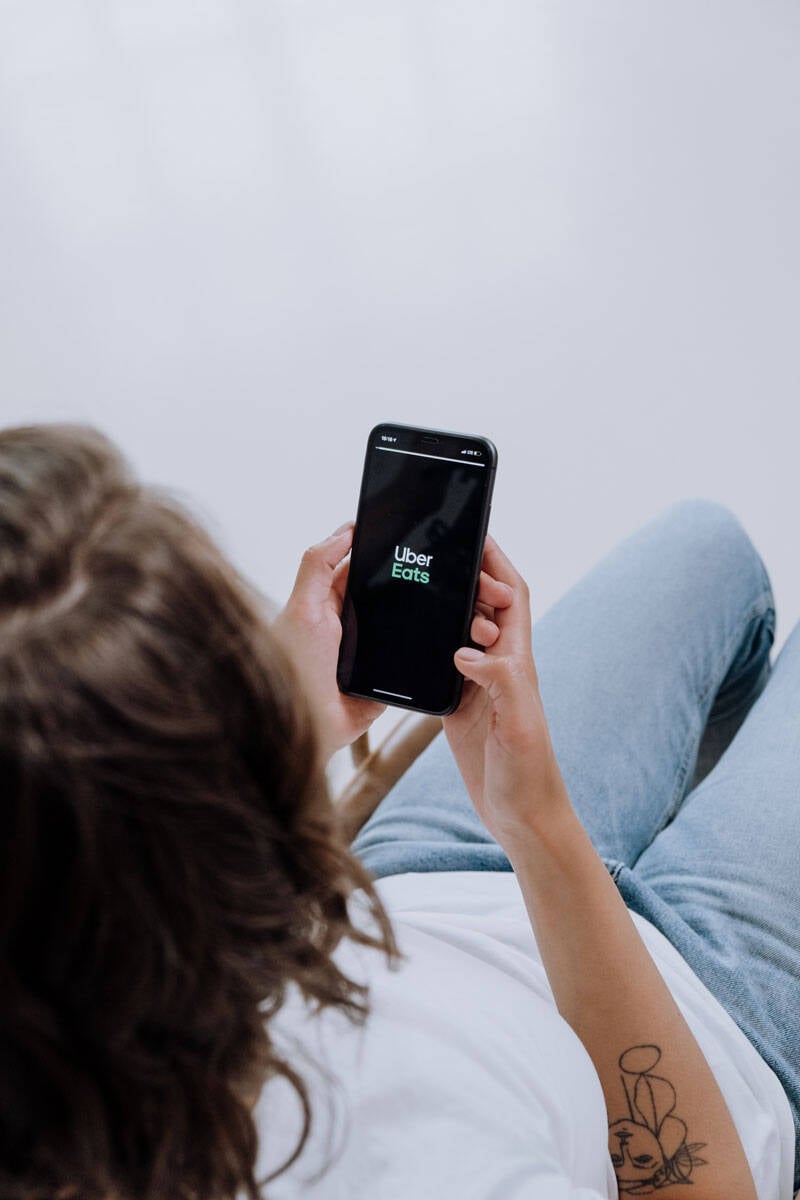
© Hemel & Aarde Box
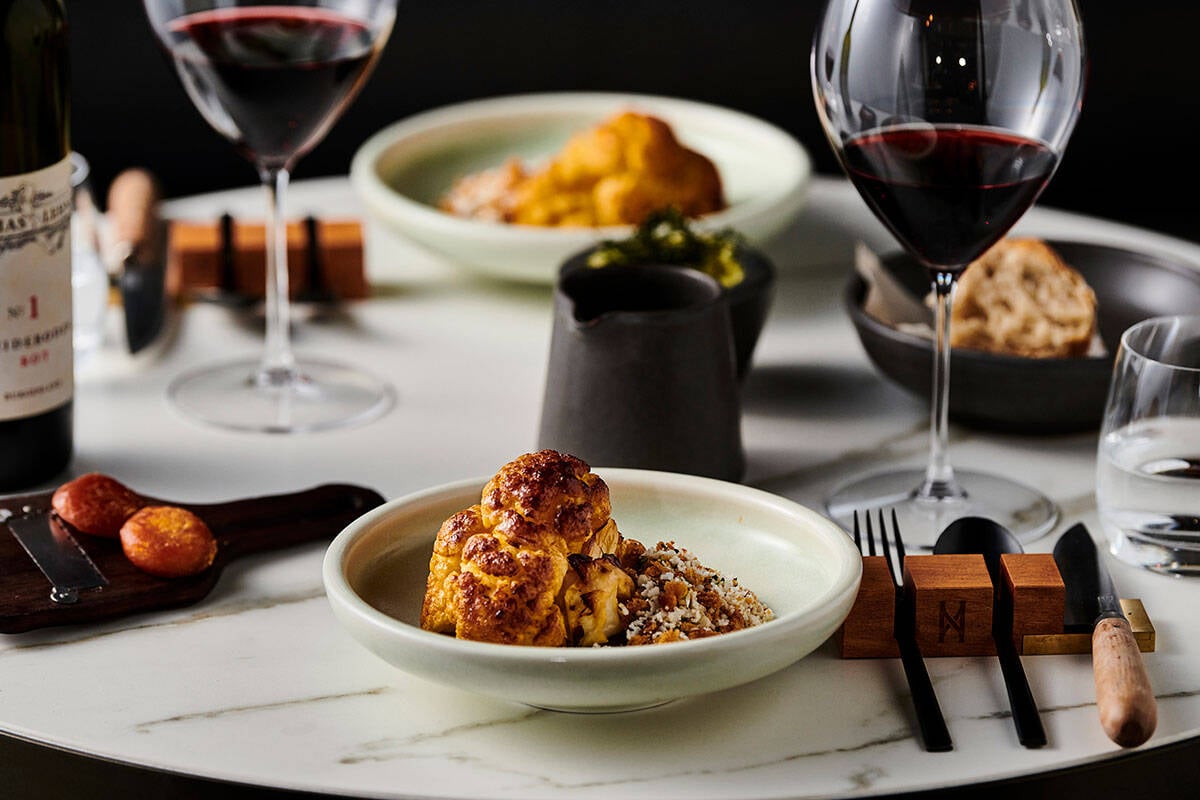
Peter van Praet | Founder of Casper Ghost Kitchens in Belgium
“In addition to cooking and eating out, delivery has become the third pillar in consumers spending pattern”


It was a small news item, but symbolic for a deep and lasting change: thanks to the COVID-19 pandemic, Dutch citizens paid more with iDeal than with pin for the first time. It wasn’t the only signal that online payment has quickly become the new norm. Paypal tripled its profits during the pandemic, Mastercard reported an explosive increase in online purchases around the holidays. Figures from research firm McKinsey also show that 40 percent of consumers do not intend to cut back on buying and paying online once everyone has been vaccinated.
Dark kitchens (kitchens and special online brands that focus on delivery) cater that new, larger target group more efficiently worldwide. All factors are in alignment, to reach the critical mass, causing the current delivery boom to end in a big delivery bang.
Doug Koob | Founder consultancy Circle Alliances, USA
"A robust online presence and a user-friendly ordering system are preconditions for success"
Silvie Cremers | Global Sales director at the major international delivery service Just Eat Takeaway.com
"We want a restorer with a physical location behind each of our orders"
"We are transparent towards the consumer and fair towards the entrepreneurs"
Dark kitchens are changing revenue models in the world of food. The perfect storm of precious real estate and staff coincides with an explosion of online payments during the COVID-19 pandemic. The low threshold for starting a virtual restaurant attracts new players from within and outside the industry, who all see an interesting market share.
Joost Scholten Xiao Er Kong


Dark kitchens: a case study
trendwatch
3 min
© Nina Slagmolen
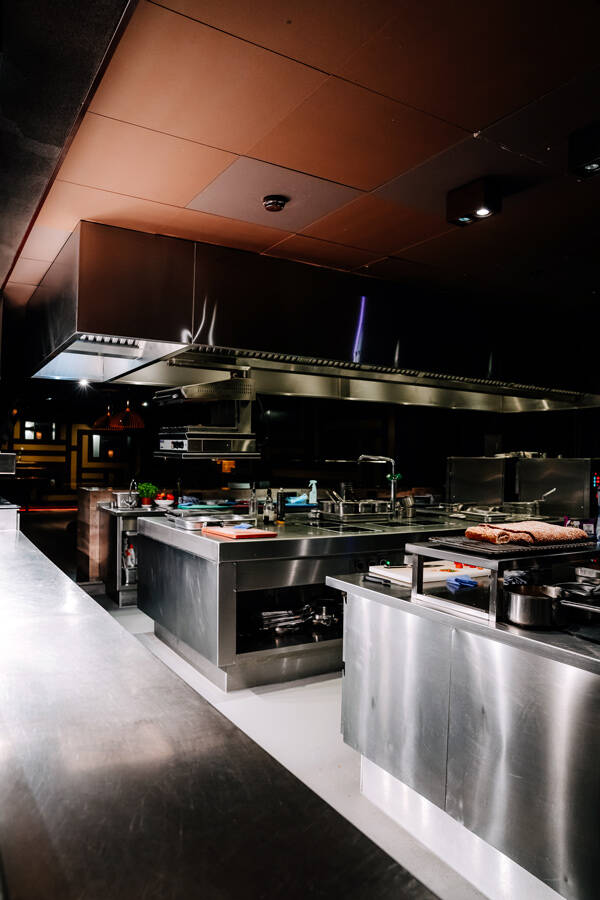
"We will be in the office less often, but when we are there there is more room for special lunch and coffee"
Chris Oudijk | CCO at the Vermaat Group, The Netherlands
“We can serve more guests across the country through dark kitchens than with our high-end restaurants in Amsterdam”
Doug Koob | Founder consultancy Circle Alliances, USA
"The high costs of real estate and labor and the explosive growth of the delivery market are currently causing a boom in dark kitchens"
© RIJKS Make Away Box
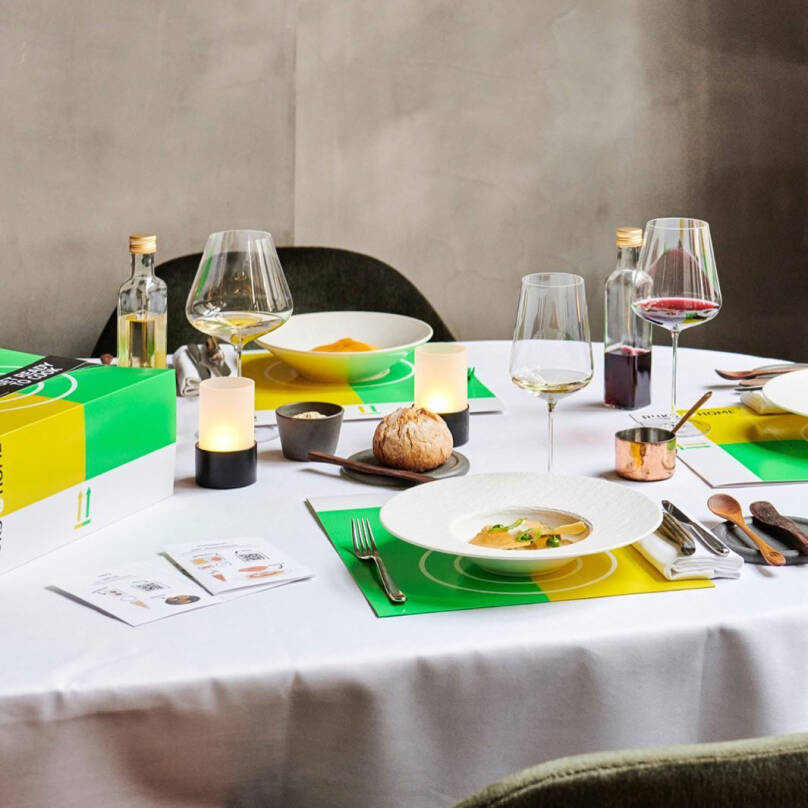
Peter van Praet | Oprichter van Casper Ghost Kitchens in België
"We think the market will divide into different niches"
© Hemel & Aarde Box
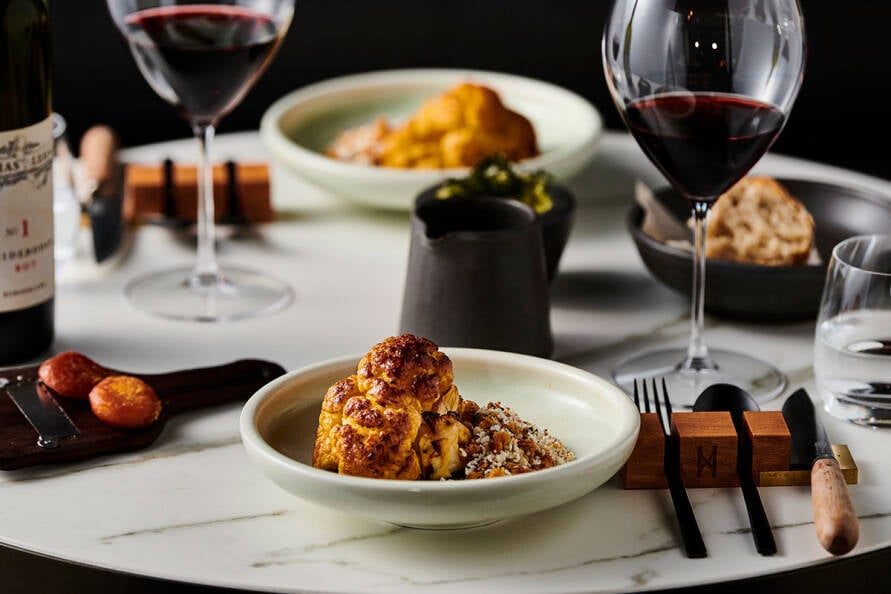
Dark kitchens’ market share
Food entrepreneurs enter the market of dark kitchens from the front entrance, while data driven companies enter the same market floor through the backdoor of facts and figures. A new delivery universe is emerging with a market share that has the potential to grow rapidly. Statista.com predicts a high speed growth for the coming years. “A cloud kitchen, otherwise known as a dark kitchen, is a restaurant that does not provide dine-in or takeaway services to customers. It is primarily virtual and is reliant on food delivery apps, such as Grubhub, websites, web portal orders and / or orders through phone, to generate sales. The global cloud kitchen market size was estimated at $0.65 billion U.S. dollars in 2018 and is forecast to reach $2.63 billion U.S. dollars by 2026.”
Peter van Praet | Founder of Casper Ghost Kitchens in Belgium
“In addition to cooking and eating out, delivery has become the third pillar in consumers spending pattern”
Doug Koob | Founder consultancy Circle Alliances, USA
"A robust online presence and a user-friendly ordering system are preconditions for success"
Silvie Cremers | Global Sales director at the major international delivery service Just Eat Takeaway.com
"We want a restorer with a physical location behind each of our orders"
"We are transparent towards the consumer and fair towards the entrepreneurs"


Dark kitchens: a case study
© Nina Slagmolen
Broken system
The American entrepreneur Sam Nazarian talked about the entrepreneurs’ side of the story in a podcast. “The system is broken. Entrepreneurs pay top prices for real estate, their staff and have to pay high fees to the delivery services.” If you want to make money as an entrepreneur you should be less dependent on the existing system, take back control and increase your scale, by for example, entering the market of dark kitchens (or ghost kitchens, virtual kitchens, bright kitchens or cloud kitchens). These are kitchens that only focus on delivery, where an expensive location is no longer a necessity. Suppliers can experiment with brands that only exist online and concepts that can be changed daily if necessary until the right formula is found. Data takes precedence over experience, analysis over sentiment. And because of the closed doors during the pandemic and the low threshold to enter, the market is growing rapidly, with new players entering every day.
The New York Times has already spotted the rise of the Ghost Franchise. New chains, often run by entrepreneurs with a well-known name who have immediate reach. Such as the MrBeast Burger franchise that is marketed by the well-known YouTuber MrBeast. The burgers themselves? They come from the kitchens of existing concepts. Welcome to the wild west of food service.
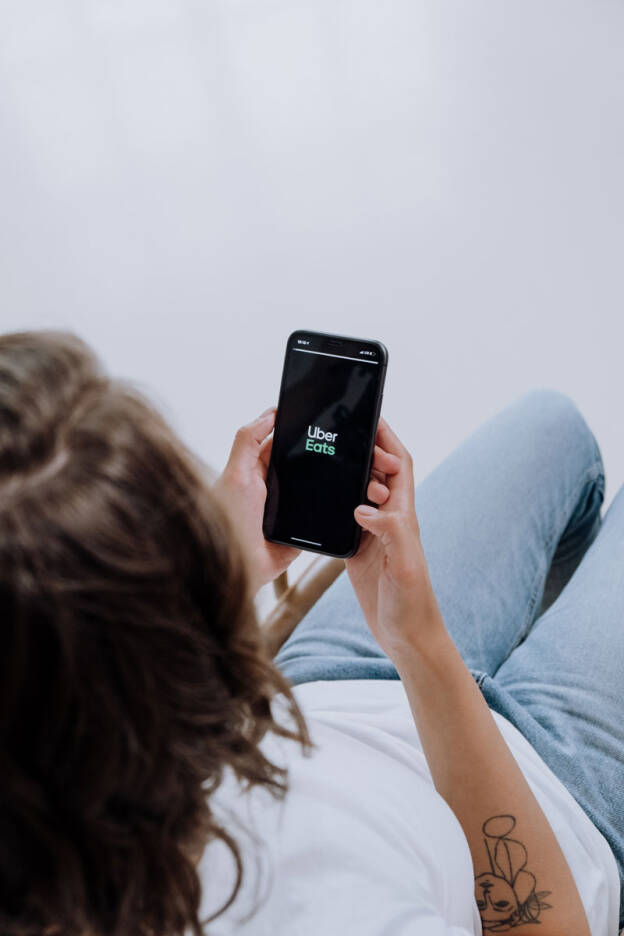
It was a small news item, but symbolic for a deep and lasting change: thanks to the COVID-19 pandemic, Dutch citizens paid more with iDeal than with pin for the first time. It wasn’t the only signal that online payment has quickly become the new norm. Paypal tripled its profits during the pandemic, Mastercard reported an explosive increase in online purchases around the holidays. Figures from research firm McKinsey also show that 40 percent of consumers do not intend to cut back on buying and paying online once everyone has been vaccinated.
Dark kitchens (kitchens and special online brands that focus on delivery) cater that new, larger target group more efficiently worldwide. All factors are in alignment, to reach the critical mass, causing the current delivery boom to end in a big delivery bang.
Dark kitchens are changing revenue models in the world of food. The perfect storm of precious real estate and staff coincides with an explosion of online payments during the COVID-19 pandemic. The low threshold for starting a virtual restaurant attracts new players from within and outside the industry, who all see an interesting market share.
Joost Scholten Xiao Er Kong
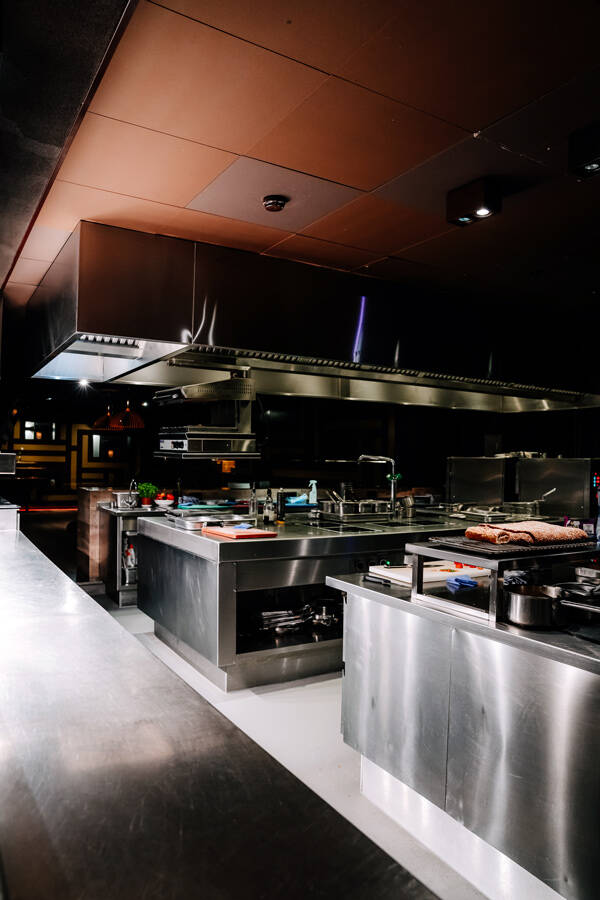
Een uitgebreide versie van dit artikel verscheen onlangs in het Food Inspiration print magazine. Klik hier om lid te worden, of een losse editie te bestellen.

3 min











